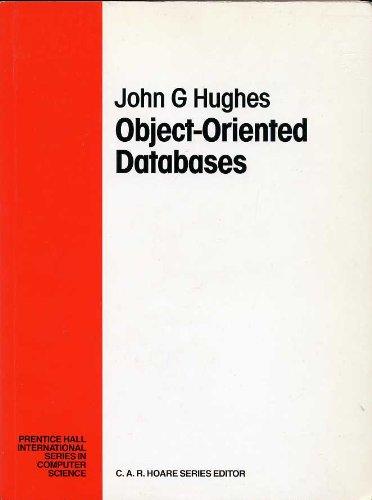Question
complete the task - 1,2,3,4 in the given code from collections import deque # the built-in library to use queue def graph_input(): l = input().strip().split('
complete the task - 1,2,3,4 in the given code
from collections import deque # the built-in library to use queue def graph_input(): l = input().strip().split(' ') # taking input, splitting by space N, E = int(l[0]), int(l[1]) # Node and Edge number, saving after converting it to integer number adj_list = {} # adjacent list saved as dictionary that will store the graph with placeholder for 0 for i in range(0, E): # all the edges are being taken input l = input().strip().split(' ') a, b = int(l[0]), int(l[1]) # an edge between a and b if adj_list.get(a) is None: # No entry for node a, creating a key adj_list[a] = [] # a: [b, c, d] will be stored from node a, where we can go adj_list[a].append(b) """ Task 1: Write your logic to save the information for undirected graph """ l = input().strip().split(' ') start_node, dst_node = int(l[0]), int(l[1]) return N, E, adj_list, start_node, dst_node # node, edge, adjacent list """ Useful functions for a dictionary D = {) - Assignment: D[a] = 10 for key a, storing value 10 - Searching if the key exists: D.get(a), if None no key else returns D[a] - Delete del D[a], deletes the concerned entry """ """ Useful functions for a queue q = deque() - Add in the end: q.append(a) - Pop from the left: u = q.popleft() """ def bfs(adj_list, start_node, dst_node): # this function will implement the BFS visited = {} # this indicates which nodes are visited parent = {} # this indicates for each node v, which node u is parent distance = {} # the distance array to store the distance parent[start_node] = None # start node will have no parent distance[start_node] = 0 # distance of start_node from start_node is 0 queue = deque() # initialization of deque queue.append(start_node) # start_node is being pushed to the queue visited[start_node] = True # tracking which nodes are visited while len(queue) > 0: # continue till the queue is empty u = queue.popleft() # FIFO order popping from the left if u == dst_node: # destination is reached, no more searching/expansion break if adj_list.get(u) is not None: # paths from u for i in range(0, len(adj_list[u])): # traverse in the adjacent list of u pass """ Task 2: Write Your BFS logic here - Traverse in the adjacent list - Find the nodes which are not visited - Push/Append them in the queue - If the node is already visited, see if its path can be lexicographically made smaller """ """ Supporting functions: - queue.popleft() # FIFO order popping - visited.get(u) says if you have key for u in the visited array, if returns None then you have no value, otherwise returns visited[u] a value - visited[u] """ pass # just a placeholder return parent # parent holds the path, track def print_lexicographical_path(parent, start_node, dst_node): if parent.get(dst_node) is None: # no path exists print("INF") return curr_node = dst_node paths = [] while curr_node != start_node: par = parent[curr_node] # parent of curr_node paths.append((par, curr_node)) """ Task 3: Write Your logic here to find the whole path """ """ Task 4: Print the paths maintaining the output format, the number of edges used and the concerned edges """ if __name__ == '__main__': N, E, adj_list, start_node, dst_node = graph_input() parent = bfs(adj_list, start_node, dst_node) print_lexicographical_path(parent, start_node, dst_node)
Step by Step Solution
There are 3 Steps involved in it
Step: 1

Get Instant Access to Expert-Tailored Solutions
See step-by-step solutions with expert insights and AI powered tools for academic success
Step: 2

Step: 3

Ace Your Homework with AI
Get the answers you need in no time with our AI-driven, step-by-step assistance
Get Started


